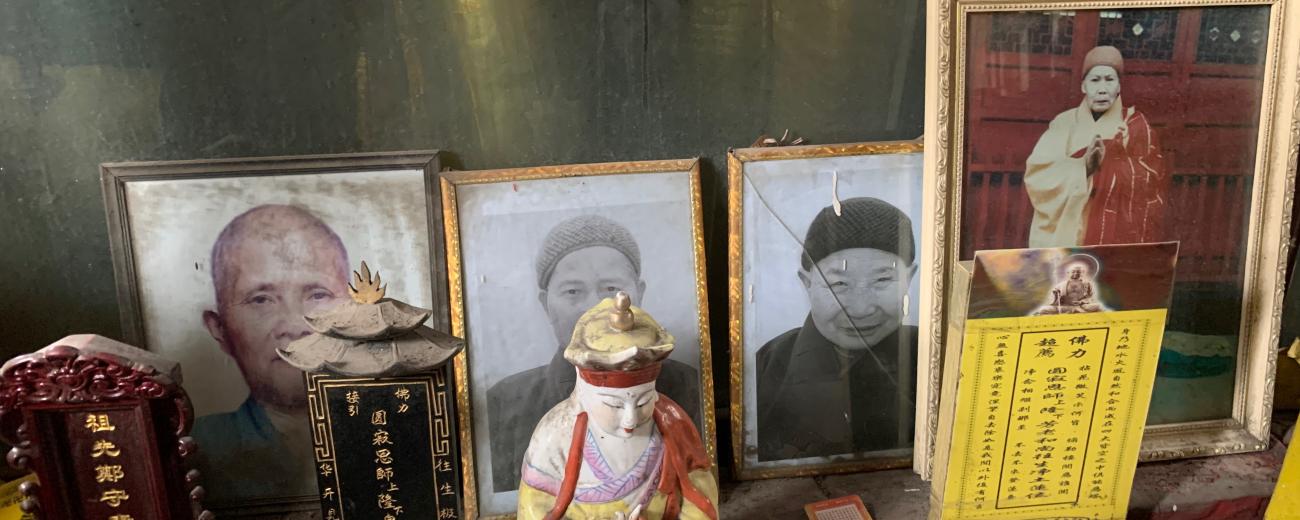
Repositioning women in Buddhist history: Voices and sites from modern Sichuan

Key information
- Date
- Time
-
5:00 pm to 6:30 pm
- Venue
- Russell Square: College Buildings
- Room
- RB01
- Event type
- Event highlights
About this event
The history of Chinese Buddhism has been narrated too often as a story of male monks, with attention given especially to a selected group of “eminent” male figures.
I propose a different approach, and to shift our attention to female communities, bringing especially small nunneries to the center, and listening to the – so far – unheard voice of nuns.
Based on archive research and extensive fieldwork in several urban and rural areas of Sichuan, this study will present an alternative history, where nuns are protagonists, the marginal becomes exemplary, and that redefines the concept of “eminence”. My talk will highlight leadership roles that nuns played in the religious sphere and local communities during the late Qing and the Republican era, with also reference to the present day, including their entrepreneurship in the culture and education sectors, agency on the local spatial ecology, contribution during the Sino-Japanese war, and memorialization strategies.
The purpose is to unfold a page of history that can integrate and balance the official (male) narrative of modern Chinese Buddhism, and at the same time, to highlight distinctive local features of Sichuan Buddhism.
About the speaker
Stefania Travagnin is Reader in Chinese Buddhism at SOAS, University of London. Travagnin is currently co-director of the multiyear project “Mapping Religious Diversity in Modern Sichuan”. Within this project, she is exploring Han Buddhist local micro-histories, female communities, patterns of Sangha education, and the spatial ecology of religious sites, focusing especially on the time from the late Qing to the end of the Republican era.
Travagnin has also done field research among Buddhist communities in Taiwan for more than twenty years, studying Buddhist women, the phenomenon of Humanistic Buddhism, the figure of the monk Yinshun, and the intersection between religion and media. She has edited or co-edited several volumes, including Religion and Media in China: Insights and Case Studies from the Mainland, Taiwan, and Hong Kong (Routledge, 2016), and the three-volume publication Concepts and Methods for the Study of Chinese Religions (De Gruyter, 2019-2020). She is also editor-in-chief of Review of Religion and Chinese Society.
Chair: Dr Xiaoning Lu, SOAS Department of East Asian Languages and Cultures.
Registration
This event is open to the public and free to attend, however registration is required.
Please note that this seminar is taking place on campus and will not be recorded or live-streamed.
Organiser
Contact
- Email: sci@soas.ac.uk


